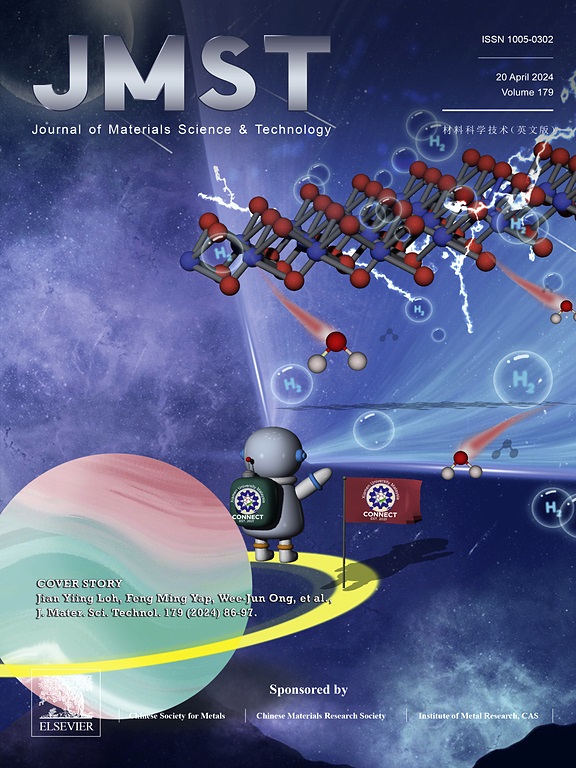Controlled high-quality perovskite single crystals growth for radiation detection: Nucleation and growth kinetics of antisolvent vapor-assisted crystallization
IF 11.2
1区 材料科学
Q1 MATERIALS SCIENCE, MULTIDISCIPLINARY
引用次数: 0
Abstract
Perovskite single crystals (PSCs) have attracted significant interest for next-generation radiation detection. However, the lack of in-depth crystal growth kinetics of PSCs limits the development of high-quality PSCs. Here, with an in-situ real-time monitoring system for MAPbBr3 PSCs growth during the antisolvent vapor-assisted crystallization (AVC) process, the growth curves of MAPbBr3 PSCs are obtained and the growth kinetics are theoretically modeled. Two important factors, including antisolvent vapor flux and initial precursor concentration, have been investigated experimentally for their impacts on crystal quality. By controlling the antisolvent vapor flux, the nucleation of PSCs at the container-solution interface can be regulated; while by controlling the initial precursor concentration, the crystal quality can be improved. The optimized MAPbBr3 PSCs exhibited significantly high qualities, with the narrowest reported full width at half maximum (0.00637°) of X-ray diffraction rocking curve as reported, a trap-state density as low as 2.12 × 1010 cm−3, and a mobility-lifetime (μτ) product of 1.4 × 10−2 cm2 V−1. The fabricated X-ray detectors demonstrated optimal performance at an electric field of 20 V/mm, with a sensitivity of 9.02 × 103 μC Gy−1 cm−2 and the lowest detectable dose rate of 0.08 μGy s−1 under irradiation with continuum X-ray energy up to 20 keV. This work provides valuable insights for the development of high-quality PSCs for direct radiation detection.

求助全文
约1分钟内获得全文
求助全文
来源期刊

Journal of Materials Science & Technology
工程技术-材料科学:综合
CiteScore
20.00
自引率
11.00%
发文量
995
审稿时长
13 days
期刊介绍:
Journal of Materials Science & Technology strives to promote global collaboration in the field of materials science and technology. It primarily publishes original research papers, invited review articles, letters, research notes, and summaries of scientific achievements. The journal covers a wide range of materials science and technology topics, including metallic materials, inorganic nonmetallic materials, and composite materials.
 求助内容:
求助内容: 应助结果提醒方式:
应助结果提醒方式:


